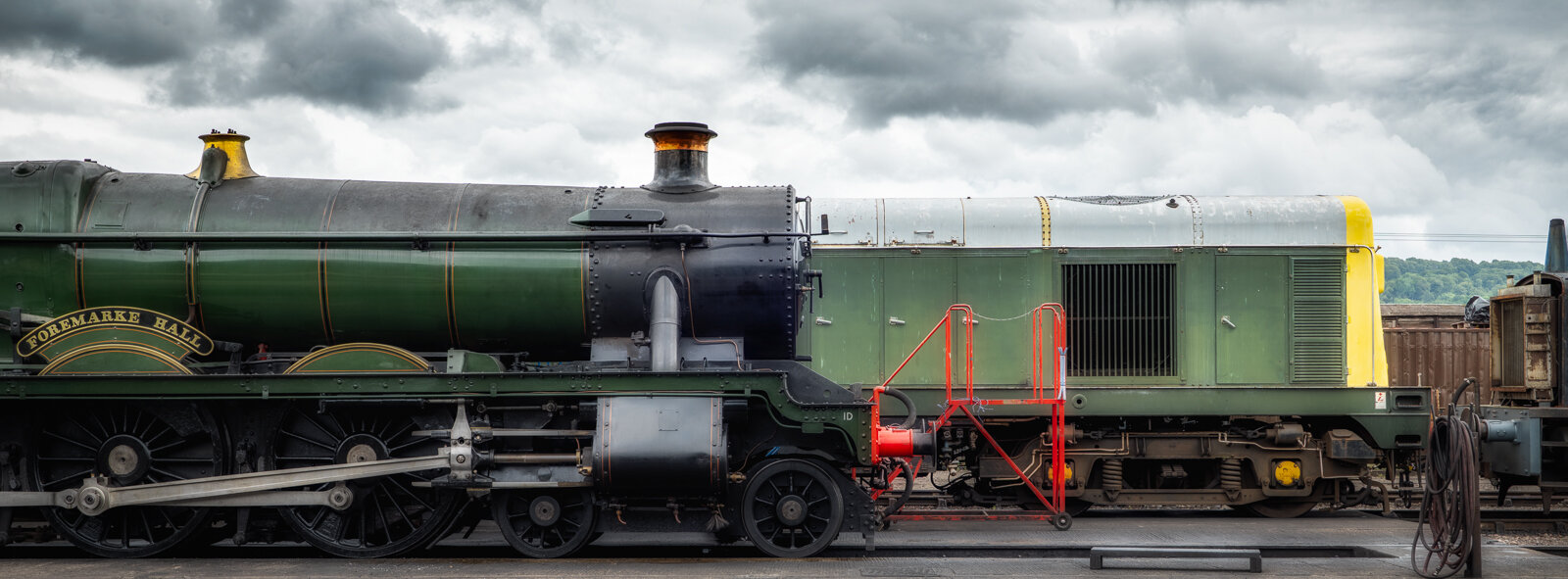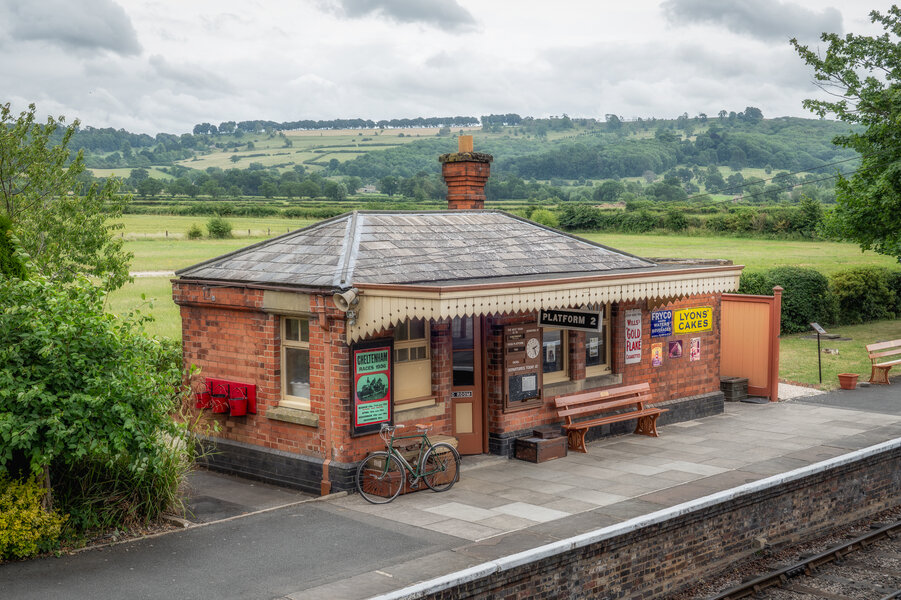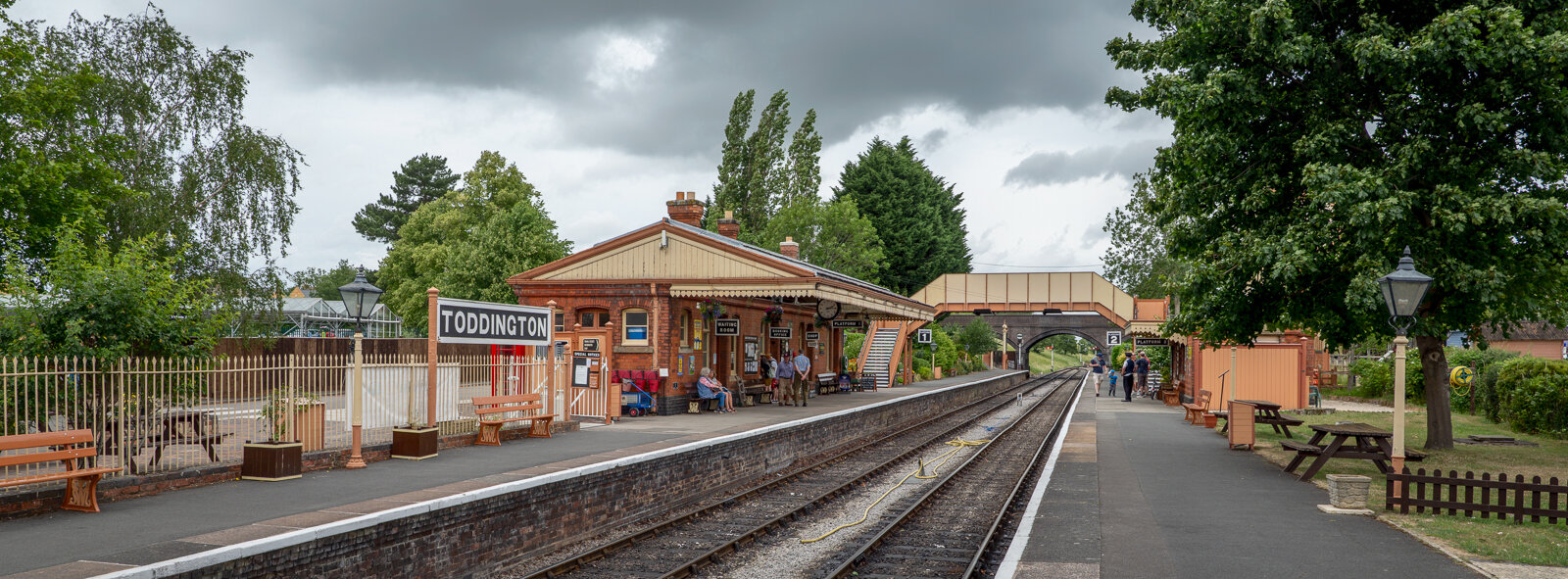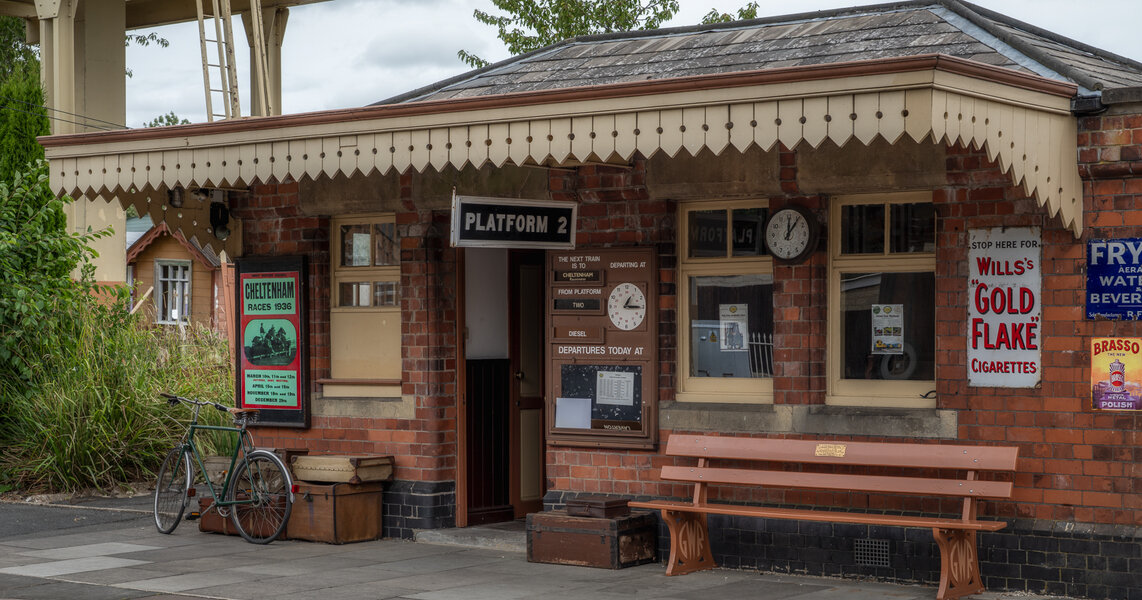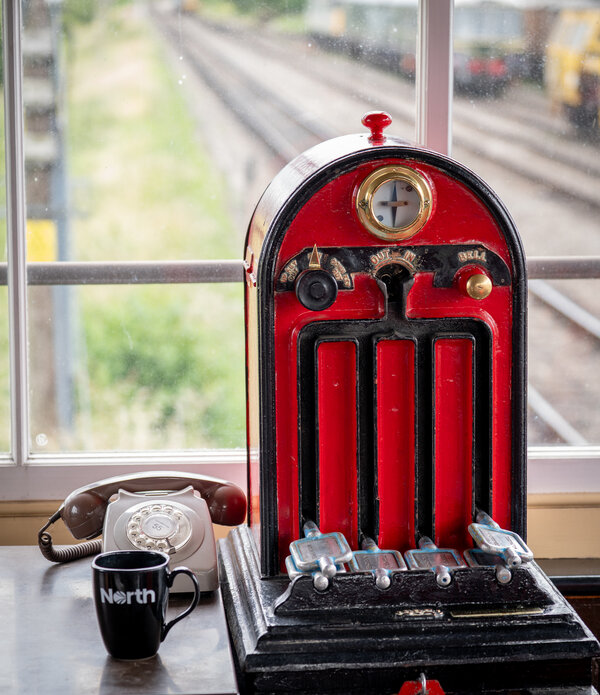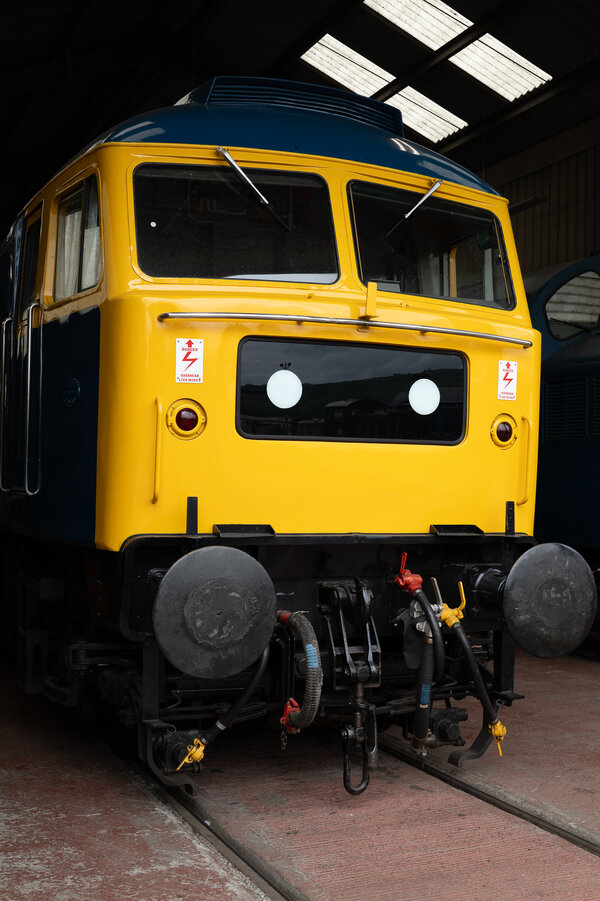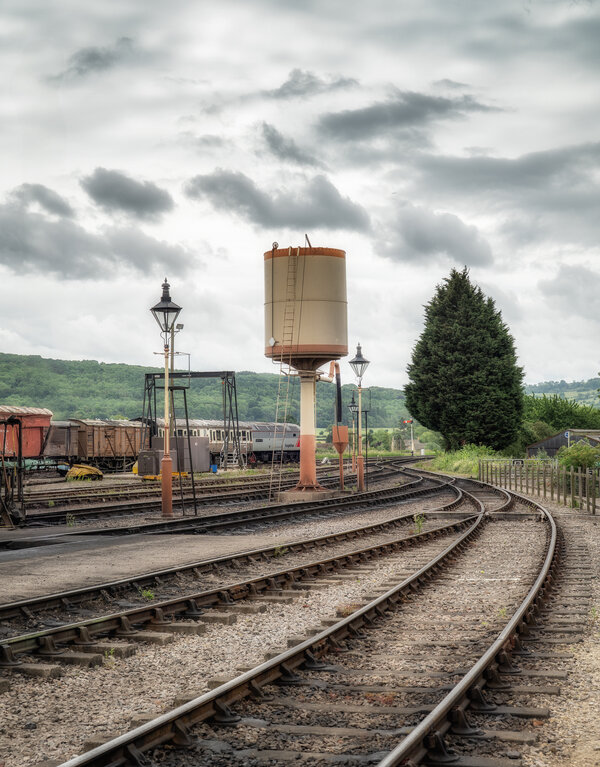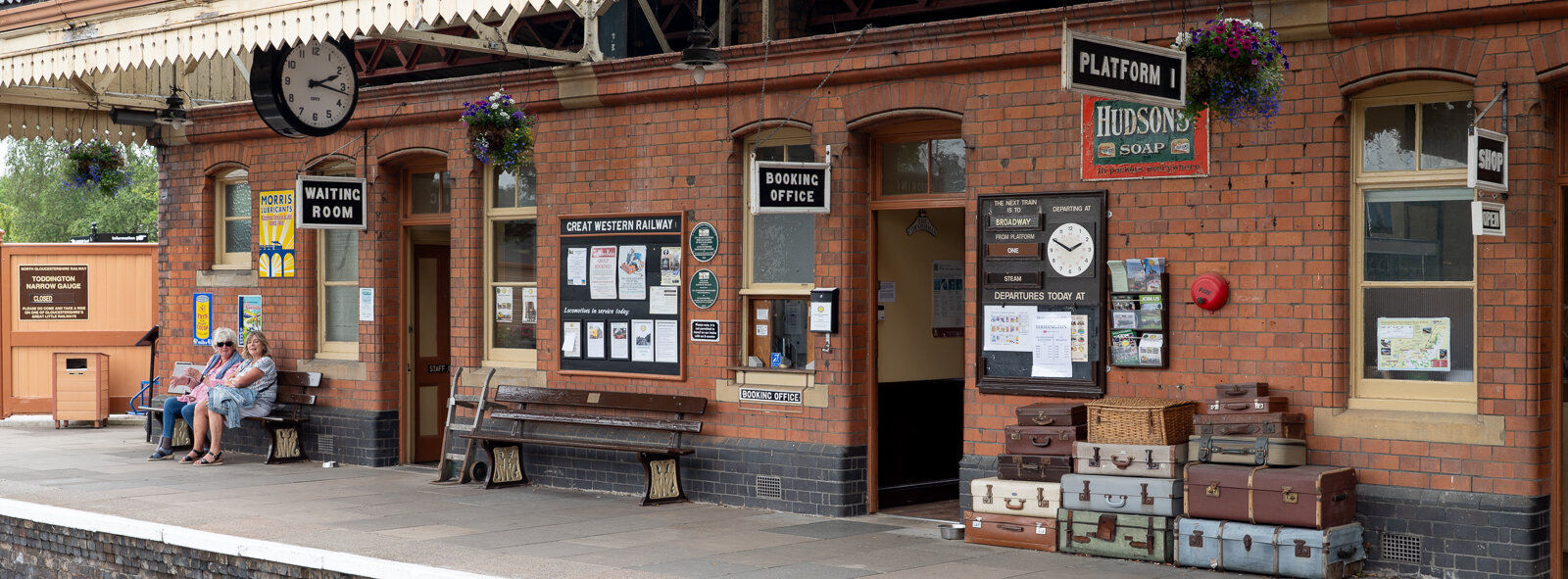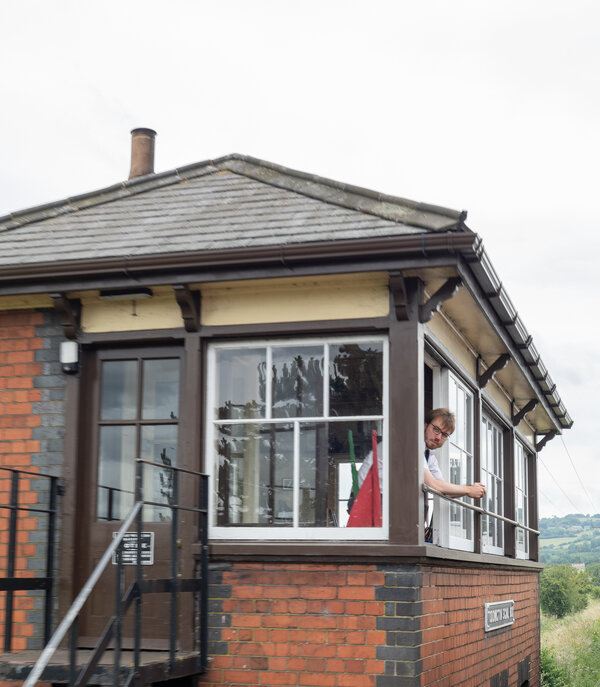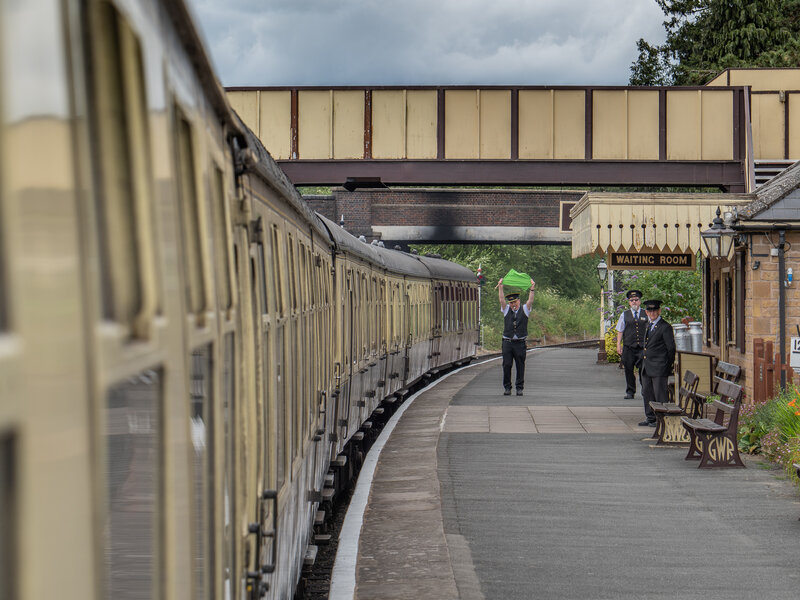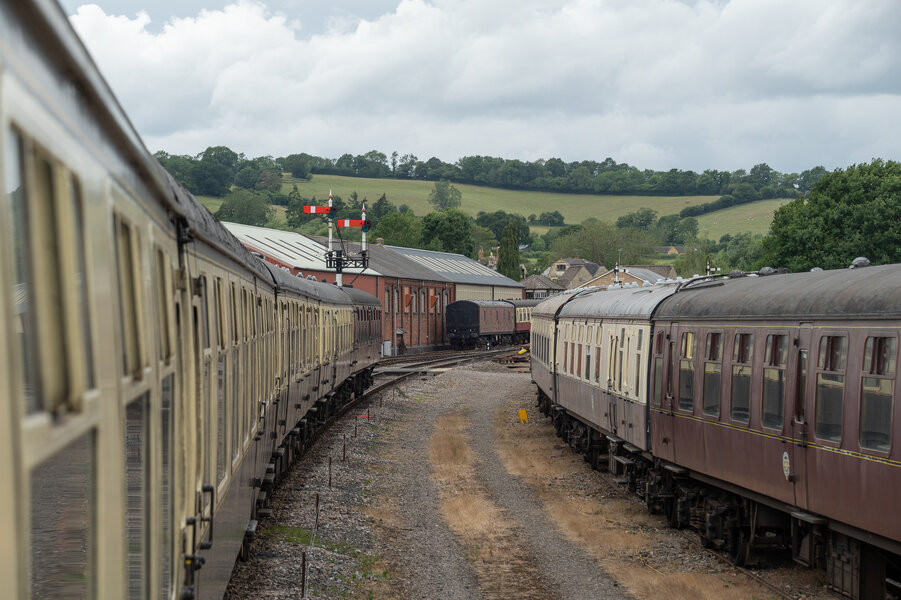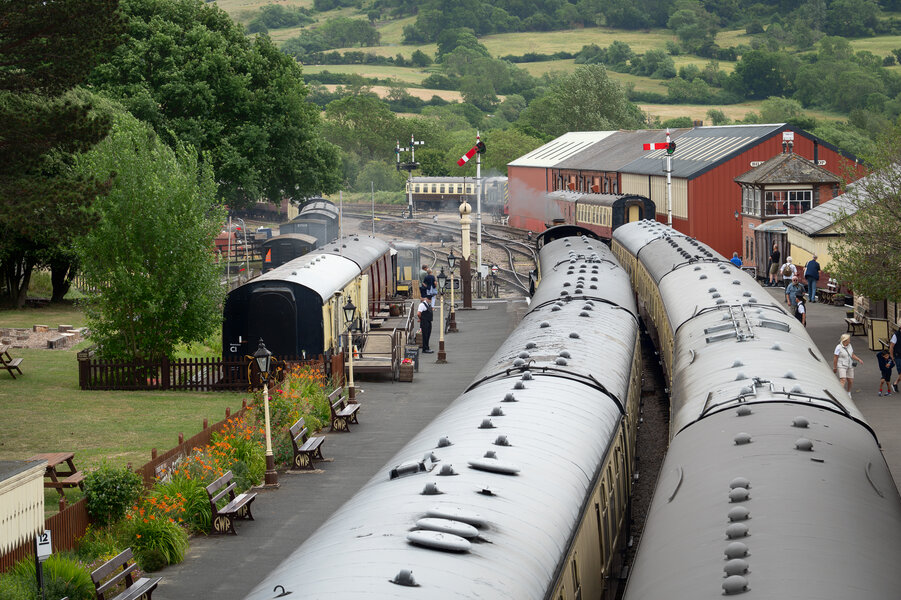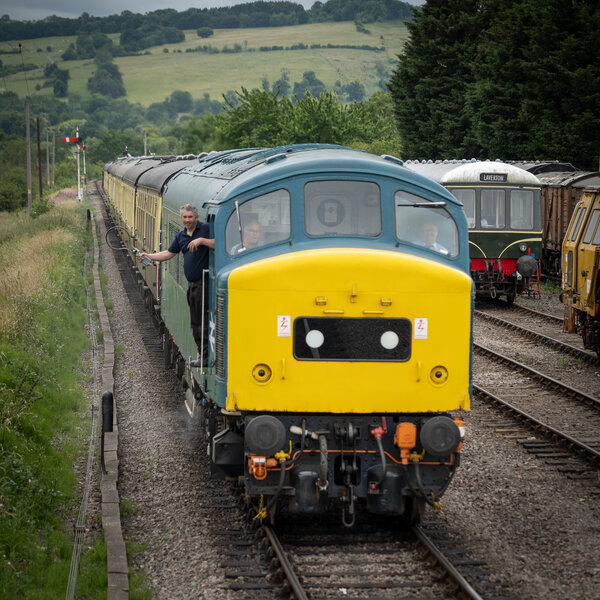pdk42
Moderator
I've been super busy since I got my S1Rii but today I took it along to a visit to the GWSR Railway - a heritage line that runs from Broadway to Cheltenham in the Cotswolds.
I'm super, super, super impressed both with the camera and the images. I think the files from it have a wonderful feel to them - great colours and very, very malleable. In particular, I can get fantastic dynamic range out of them. A number of times I shot a 5-EV burst but in PP I managed to get the result I wanted from only one of the shots.
Anyhow, here are a few samples. All with the 24-105 or 70-200 f4. Hope you enjoy them!


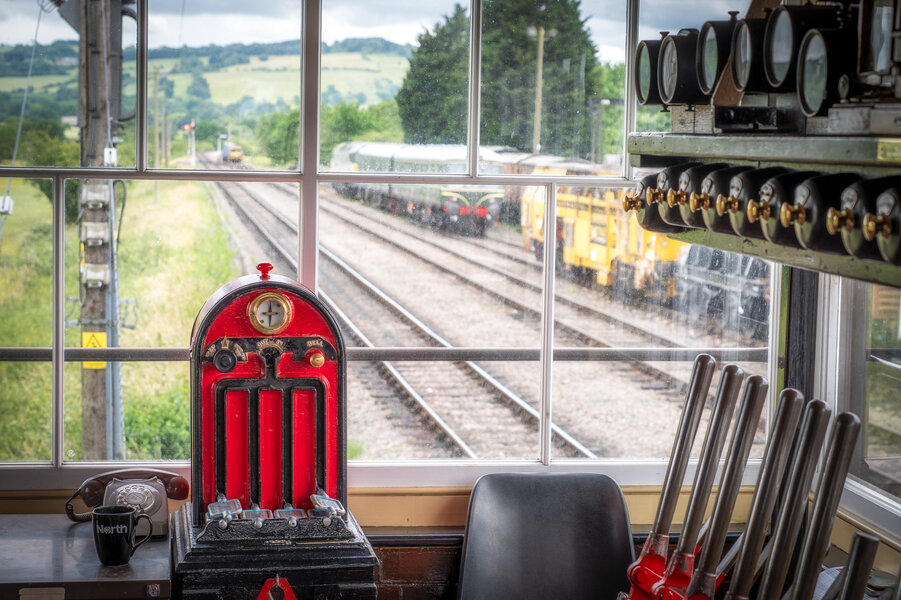
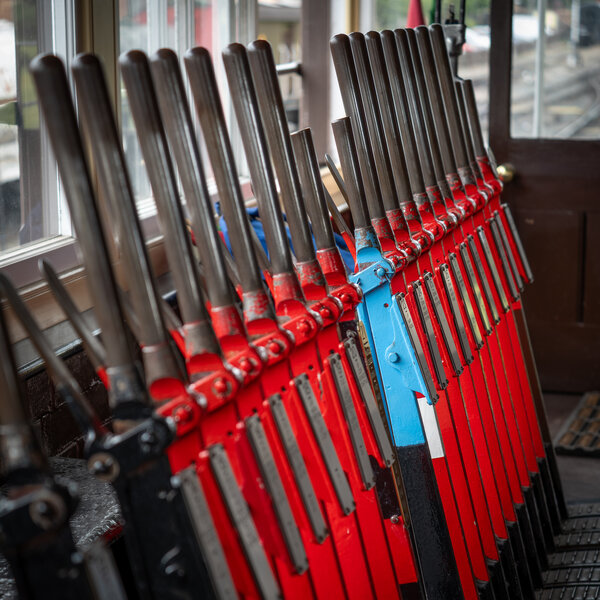

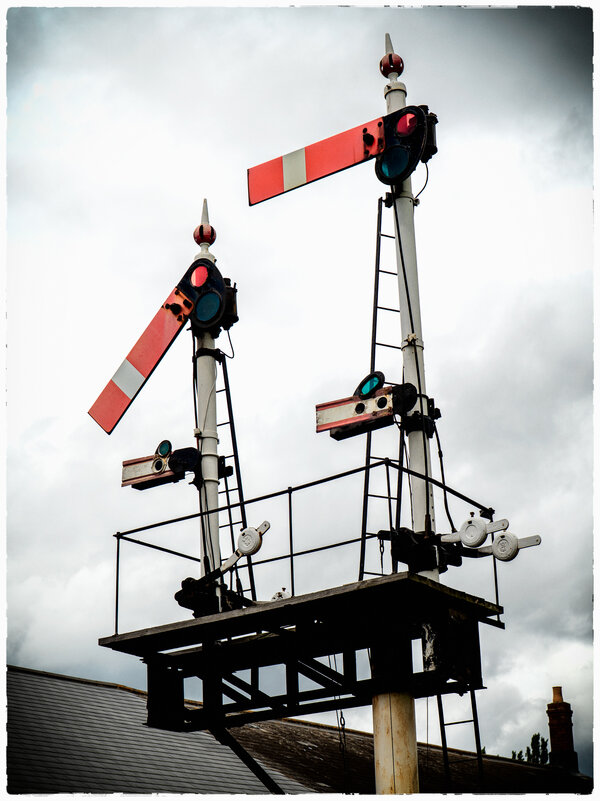
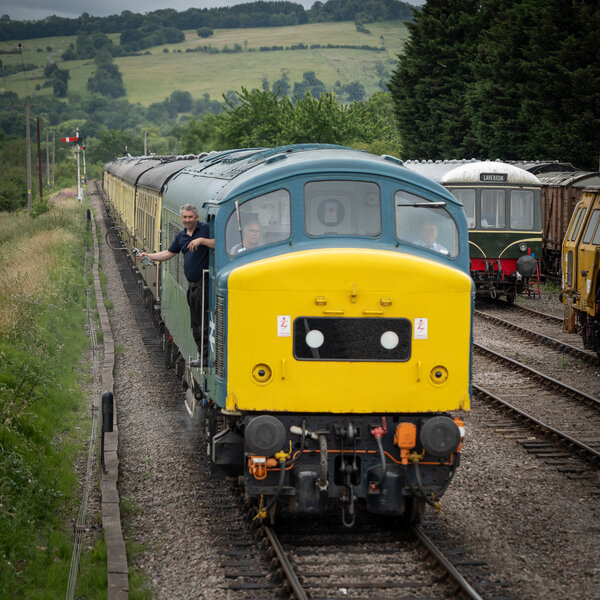


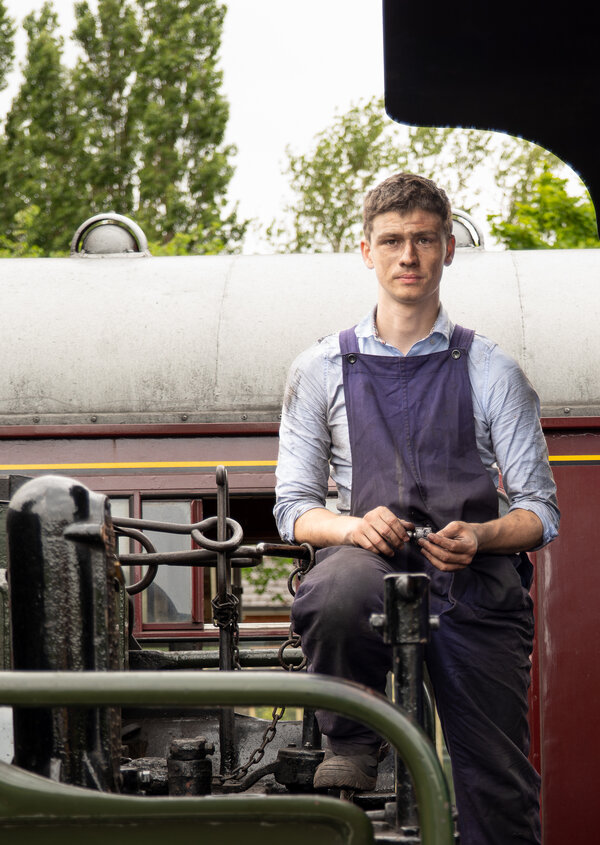
I'm super, super, super impressed both with the camera and the images. I think the files from it have a wonderful feel to them - great colours and very, very malleable. In particular, I can get fantastic dynamic range out of them. A number of times I shot a 5-EV burst but in PP I managed to get the result I wanted from only one of the shots.
Anyhow, here are a few samples. All with the 24-105 or 70-200 f4. Hope you enjoy them!

- Panasonic - DC-S1RM2
- LUMIX S 24-105/F4
- 105.0 mm
- ƒ/8
- 1/200 sec
- Pattern
- Auto exposure
- -1
- ISO 80

- Panasonic - DC-S1RM2
- LUMIX S 70-200/F4
- 199.0 mm
- ƒ/8
- 1/25 sec
- Pattern
- Auto exposure
- ISO 80

- Panasonic - DC-S1RM2
- LUMIX S 70-200/F4
- 70.0 mm
- ƒ/8
- 1/100 sec
- Pattern
- Auto bracket
- -1.3
- ISO 80

- Panasonic - DC-S1RM2
- LUMIX S 70-200/F4
- 70.0 mm
- ƒ/4
- 1/80 sec
- Pattern
- Auto exposure
- -0.7
- ISO 160

- Panasonic - DC-S1RM2
- LUMIX S 24-105/F4
- 24.0 mm
- ƒ/6.3
- 1/60 sec
- Pattern
- Auto exposure
- 1
- ISO 400

- Panasonic - DC-S1RM2
- LUMIX S 24-105/F4
- 61.0 mm
- ƒ/6.3
- 1/250 sec
- Pattern
- Auto bracket
- 0.7
- ISO 80

- Panasonic - DC-S1RM2
- LUMIX S 24-105/F4
- 104.0 mm
- ƒ/4
- 1/200 sec
- Pattern
- Auto exposure
- ISO 80

- Panasonic - DC-S1RM2
- LUMIX S 24-105/F4
- 104.0 mm
- ƒ/8
- 1/100 sec
- Pattern
- Auto exposure
- ISO 80

- Panasonic - DC-S1RM2
- LUMIX S 24-105/F4
- 36.0 mm
- ƒ/8
- 1/60 sec
- Pattern
- Auto bracket
- -1
- ISO 80

- Panasonic - DC-S1RM2
- LUMIX S 24-105/F4
- 48.0 mm
- ƒ/4
- 1/60 sec
- Pattern
- Auto exposure
- ISO 80




